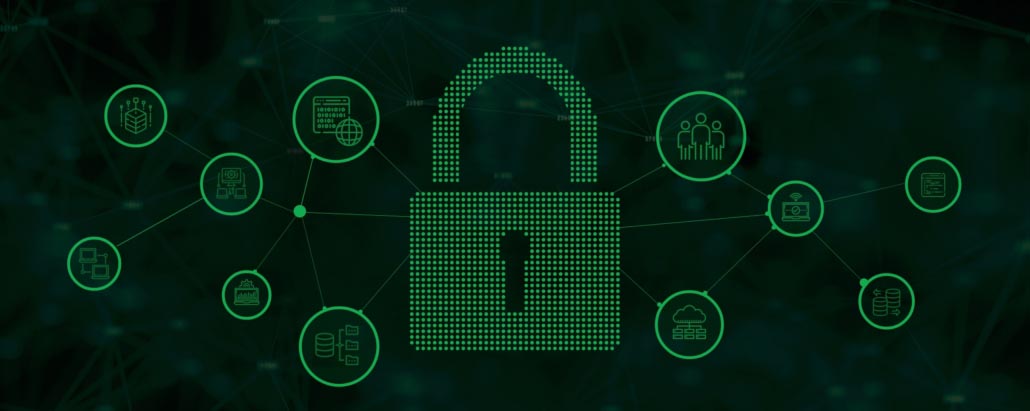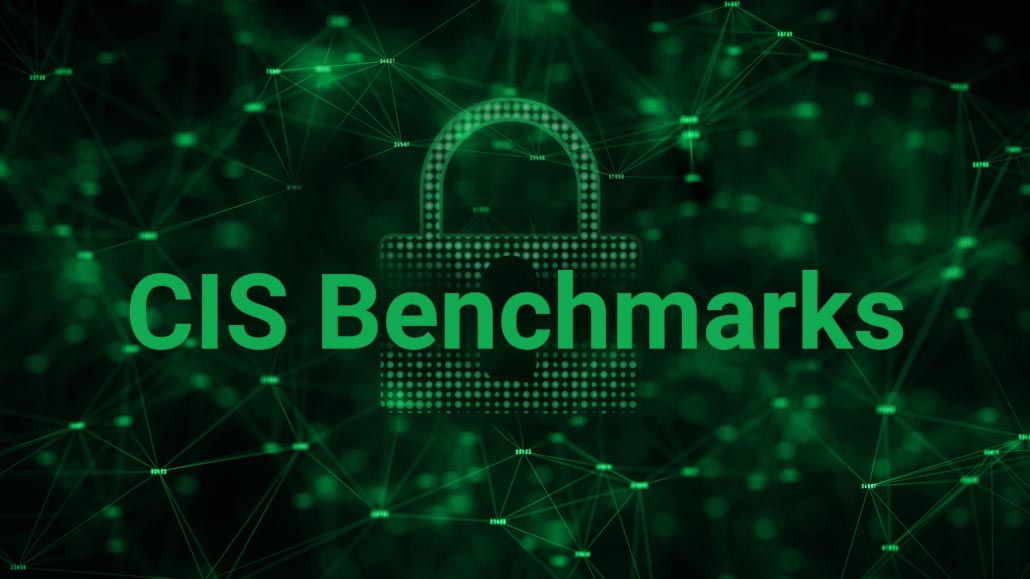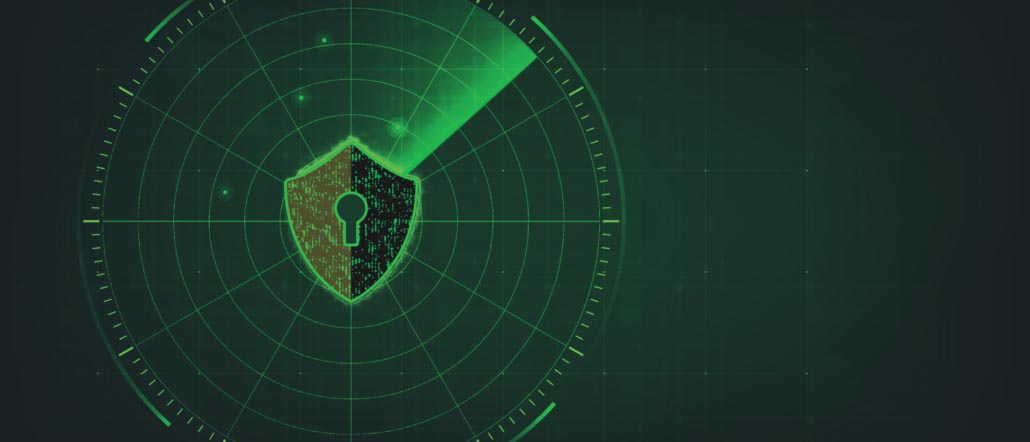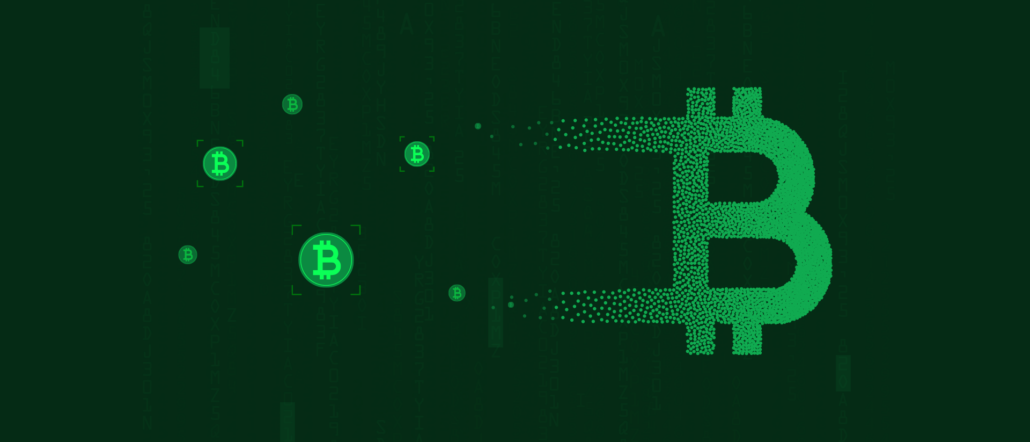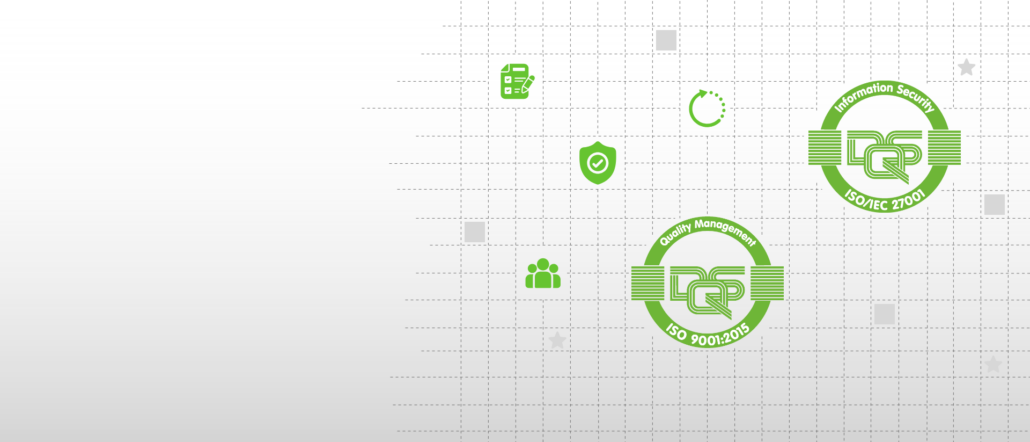In networked production, IT and OT are growing closer and closer together. Where once a security gap “only” caused a data leak, today the entire production can collapse. Those who carry out regular active and passive vulnerability scans can protect themselves.
What seems somewhat strange in the case of physical infrastructure – who would recreate a break-in to test their alarm system – is a tried and tested method in IT for identifying vulnerabilities. This so-called active scanning can be performed daily and automatically. Passive scanning, on the other hand, detects an intrusion in progress, because every cyber intrusion also leaves traces, albeit often hidden.
Controlling the Traffic
Firewalls and antivirus programs, for example, use passive scanning to check traffic reaching a system. This data is then checked against a database. Information about malware, unsafe requests and other anomalies is stored there. For example, if the firewall receives a request from an insecure sender that wants to read out users’ profile data, it rejects the request. The system itself is unaware of this because the passive scan does not access the system but only the data traffic.
The advantage of this is the fact that the system does not have to use any additional computing power. Despite the scan, the full bandwidth can be used. This is particularly useful for critical components. They should have the highest possible availability. The fewer additional activities they perform, the better.
The disadvantage of passive scanning is that only systems that are actively communicating by themselves can be seen. This does not include office software or PDF readers, for example. But even services that do communicate do so primarily with their main functions. Functions with vulnerabilities that are rarely or not at all used in direct operation are not visible, or are only visible when the attack is already in progress.
Checking the Infrastructure
Active scans work differently and simulate attacks. They make requests to the system and thereby try to trigger different reactions. For example, the active scanner sends a request for data transfer to various programs in the system. If one of the programs responds and forwards the data to the simulated unauthorized location, the scanner has found a security hole.
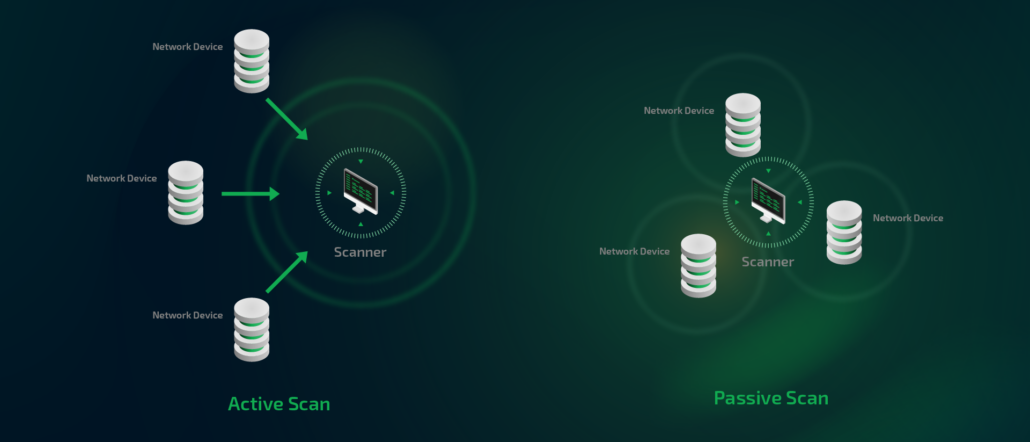
Left: Active scans send queries to the system in an attempt to trigger different responses. Right: Passive scans check the traffic reaching a system and match this data against a database.
The advantage: the data quality that can be achieved with active scanning is higher than with passive scanning. Since interaction takes place directly with software and interfaces, problems can be identified in programs that do not normally communicate directly with the network. This is also how vulnerabilities are discovered in programs such as Office applications.
However, when interacting directly, systems have to handle extra requests which may then affect the basic functions of a program. Operating technology such as machine control systems, for example, are not necessarily designed to perform secondary tasks. Here, scanning under supervision and, as a supplement, continuous passive scanning are recommended.
Scanning Actively, but Minimally Invasive
Nevertheless, active scanning is essential for operational cyber security. This is because the risk posed by the short-term overuse of a system component is small compared to a production outage or data leak. Moreover, active scans not only uncover vulnerabilities, they can also enhance passive scans. For example, the vulnerabilities that are detected can be added to firewall databases. This also helps other companies that use similar systems.
Active and Passive Scanning Work Hand in Hand
Since the passive scanner can also provide the active scanner with helpful information, such as information about cell phones or properties about network services, these two security tools can be considered as complementary. What they both have in common is that they always automatically get the best out of the given situation in the network. For the passive and active scanning techniques, it does not matter which or how many components and programs the network consists of. Both security technologies recognize this by themselves and adjust to it. Only with a higher level of security does the optimized tuning of network and scanners begin.
So it is not a question of whether to use one or the other. Both methods are necessary to ensure a secure network environment. A purely passive approach will not help in many cases. Proactive vulnerability management requires active scans and tools to manage them. This is what Greenbone’s vulnerability management products provide.

